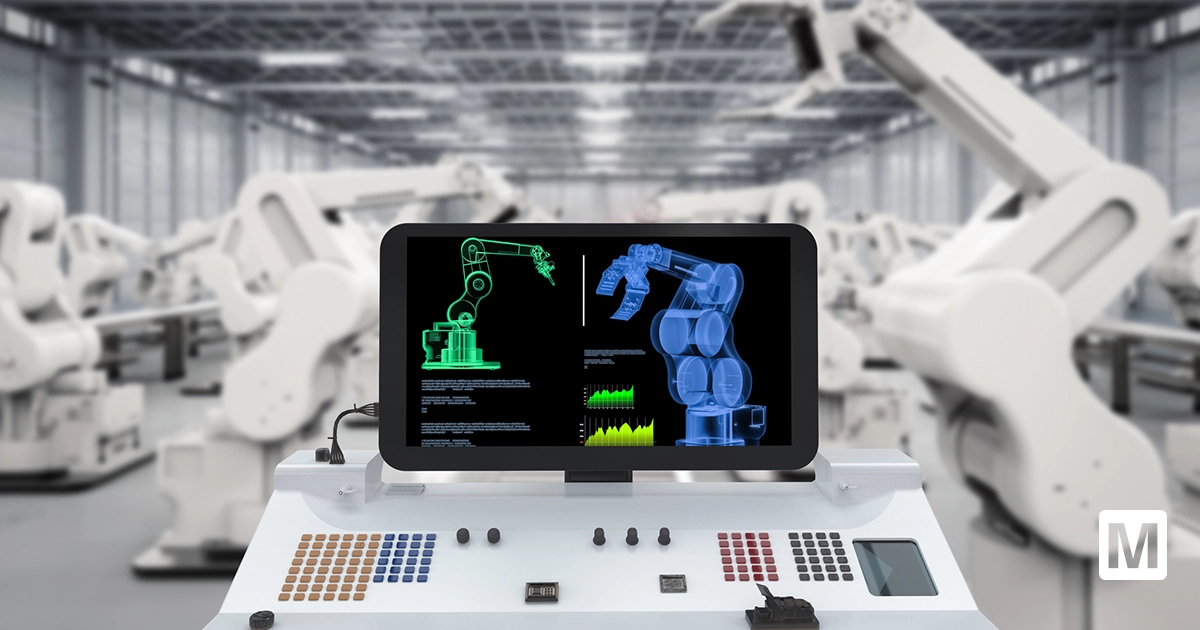AI and Automation: Driving Growth in the Agriculture Industry
The agriculture industry, one of the oldest and most essential sectors in human history, is undergoing a transformative revolution. With the global population projected to reach nearly 10 billion by 2050, the demand for food is skyrocketing. To meet this demand sustainably, the industry is turning to cutting-edge technologies like Artificial Intelligence (AI) and automation. These innovations are not only enhancing productivity but also addressing critical challenges such as labor shortages, climate change, and resource scarcity. In this article, we explore how AI and automation are driving growth in the agriculture industry and shaping the future of farming.
The Role of AI in Modern Agriculture
AI is revolutionizing agriculture by enabling farmers to make data-driven decisions, optimize resources, and improve crop yields. Here are some key applications of AI in the sector:
- Precision Farming
Precision farming leverages AI-powered tools like drones, sensors, and satellite imagery to monitor crop health, soil conditions, and weather patterns in real time. By analyzing this data, farmers can make informed decisions about irrigation, fertilization, and pest control. This reduces waste, lowers costs, and maximizes yields. - Predictive Analytics
AI algorithms can predict crop diseases, pest infestations, and adverse weather conditions before they occur. For example, machine learning models analyze historical data and current environmental factors to forecast potential threats. This allows farmers to take preventive measures, minimizing crop losses and ensuring food security. - Automated Machinery
AI-driven machinery, such as autonomous tractors and harvesters, is transforming traditional farming practices. These machines use computer vision and GPS technology to perform tasks like planting, weeding, and harvesting with unparalleled precision. This not only reduces the reliance on manual labor but also increases efficiency and productivity. - Smart Irrigation Systems
Water scarcity is a growing concern in agriculture. AI-powered irrigation systems analyze soil moisture levels, weather forecasts, and crop requirements to deliver the right amount of water at the right time. This conserves water resources and ensures optimal crop growth.
Automation: The Backbone of Agricultural Efficiency
Automation is another game-changer in the agriculture industry. By automating repetitive and labor-intensive tasks, farmers can focus on strategic decision-making and scaling their operations. Here’s how automation is making an impact:
- Robotic Harvesting
Harvesting is one of the most labor-intensive aspects of farming. Robotic harvesters equipped with AI and machine vision can identify ripe fruits and vegetables, pick them without damage, and sort them based on size and quality. This technology is particularly beneficial for high-value crops like strawberries, tomatoes, and apples. - Livestock Monitoring
Automation is not limited to crop farming; it’s also transforming livestock management. Wearable devices and sensors track the health, behavior, and location of animals in real time. Automated feeding systems ensure that livestock receive the right amount of nutrition, improving their overall well-being and productivity. - Supply Chain Optimization
Automation streamlines the agricultural supply chain by reducing delays and minimizing waste. For instance, automated sorting and packaging systems ensure that produce is handled efficiently, while AI-powered logistics platforms optimize transportation routes and delivery schedules. - Vertical Farming
Urbanization and limited arable land have given rise to vertical farming, where crops are grown in stacked layers within controlled environments. Automation plays a crucial role in managing lighting, temperature, humidity, and nutrient delivery in these systems. This method allows for year-round production with minimal environmental impact.
Benefits of AI and Automation in Agriculture
The integration of AI and automation in agriculture offers numerous benefits, including:
- Increased Productivity: By optimizing resource use and reducing inefficiencies, farmers can achieve higher yields with less effort.
- Sustainability: AI and automation promote sustainable farming practices by minimizing water usage, reducing chemical inputs, and lowering carbon emissions.
- Cost Savings: Automated systems reduce labor costs and operational expenses, improving profitability for farmers.
- Resilience: Predictive analytics and real-time monitoring help farmers adapt to changing environmental conditions and mitigate risks.
Challenges and the Road Ahead
Despite its potential, the adoption of AI and automation in agriculture faces several challenges. High initial costs, lack of technical expertise, and limited access to technology in developing regions are significant barriers. Additionally, concerns about data privacy and the ethical use of AI need to be addressed.
To overcome these challenges, governments, private companies, and research institutions must collaborate to make these technologies more accessible and affordable. Training programs and initiatives can equip farmers with the skills needed to leverage AI and automation effectively.
Conclusion
AI and automation are no longer futuristic concepts; they are here, reshaping the agriculture industry and driving its growth. By embracing these technologies, farmers can overcome traditional limitations, enhance productivity, and contribute to global food security. As we move forward, the synergy between human expertise and technological innovation will pave the way for a more sustainable and prosperous future in agriculture. The seeds of change have been planted, and with AI and automation, the harvest promises to be bountiful.





Post Comment